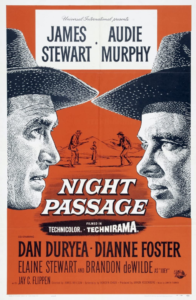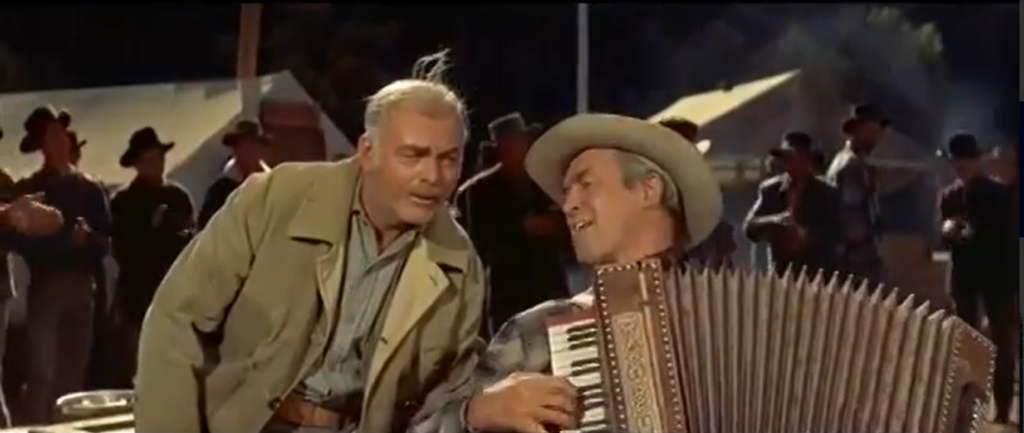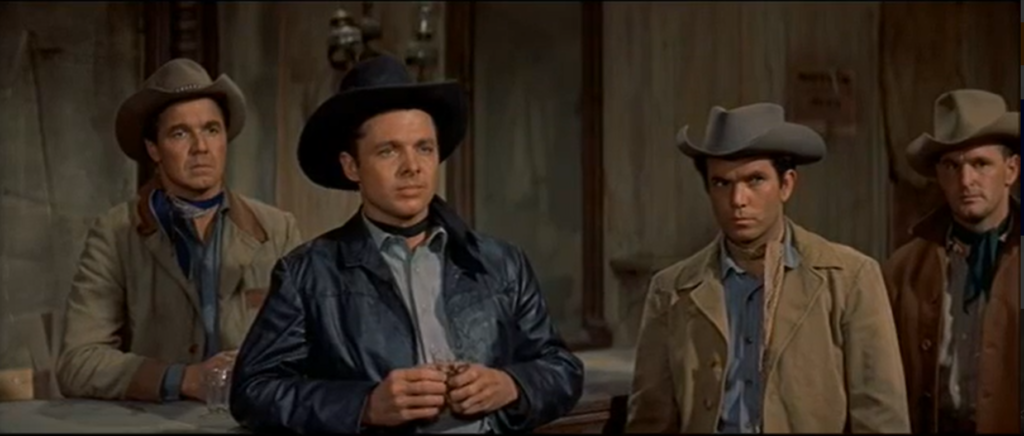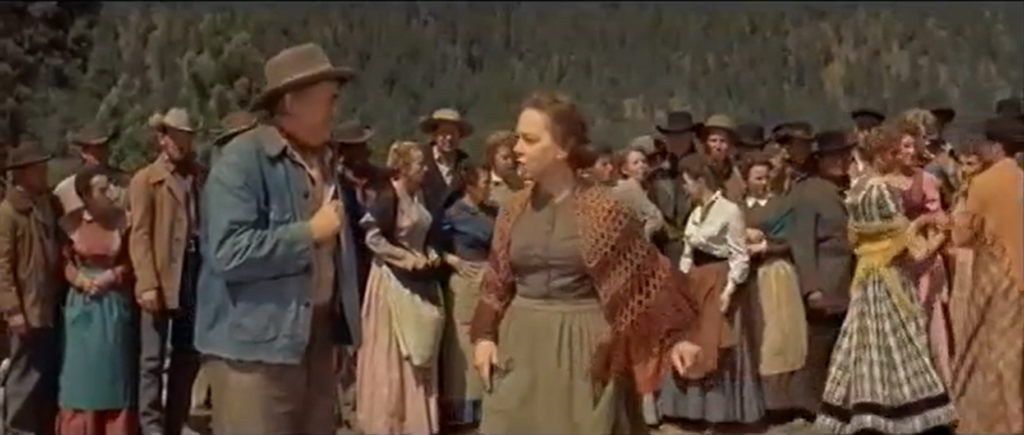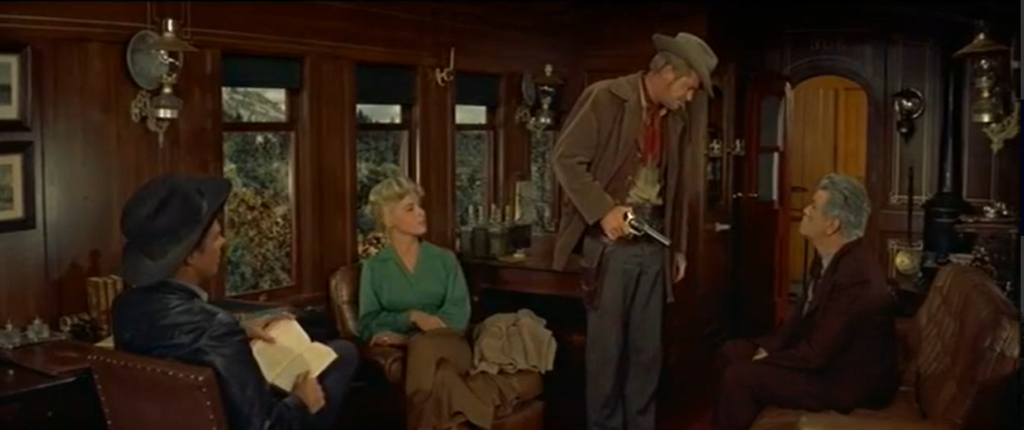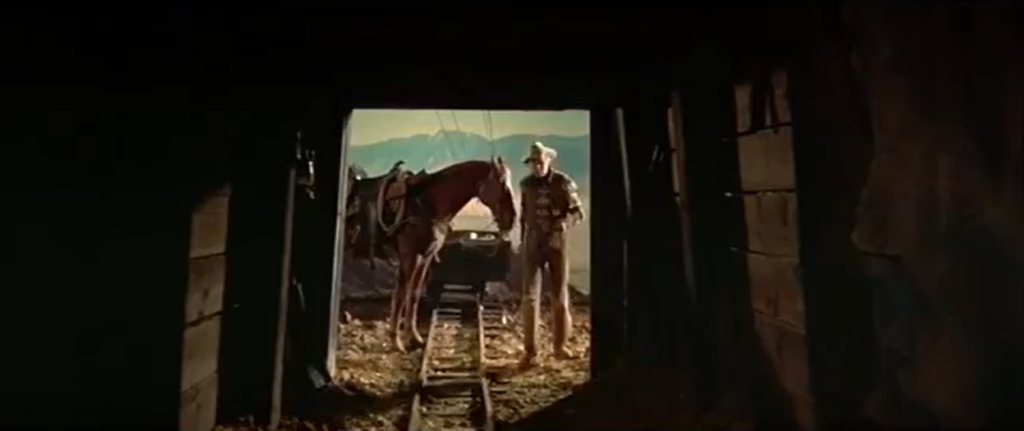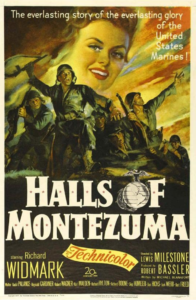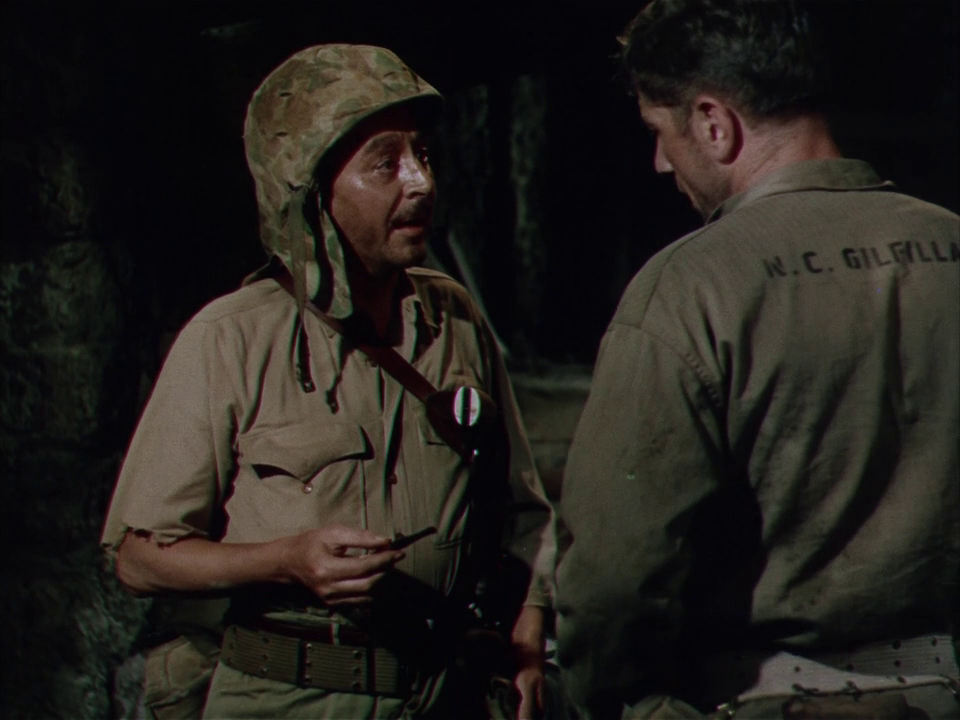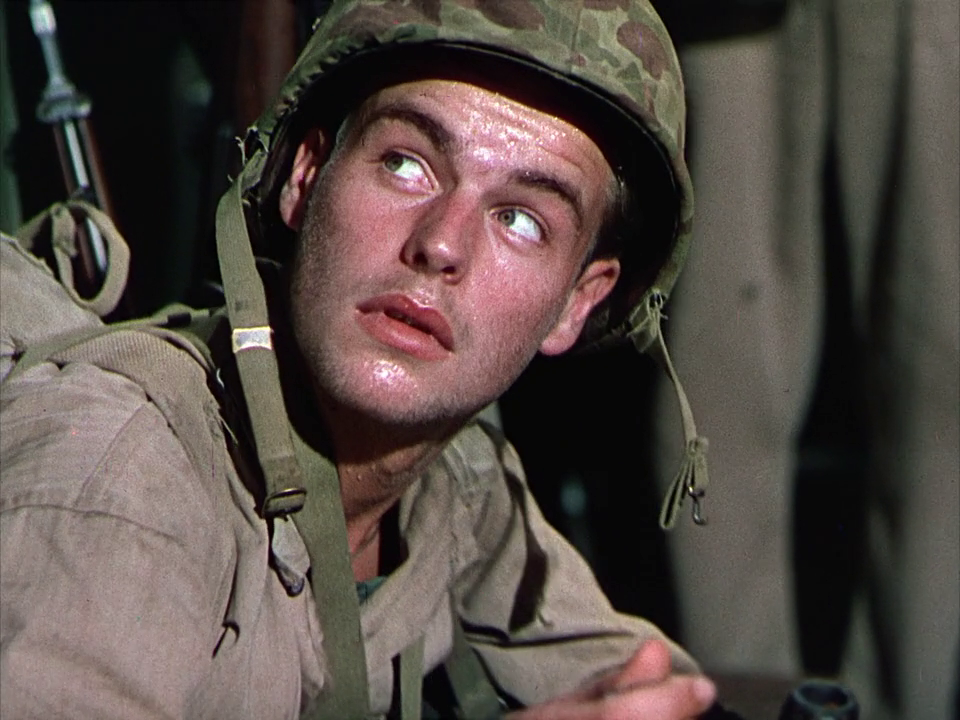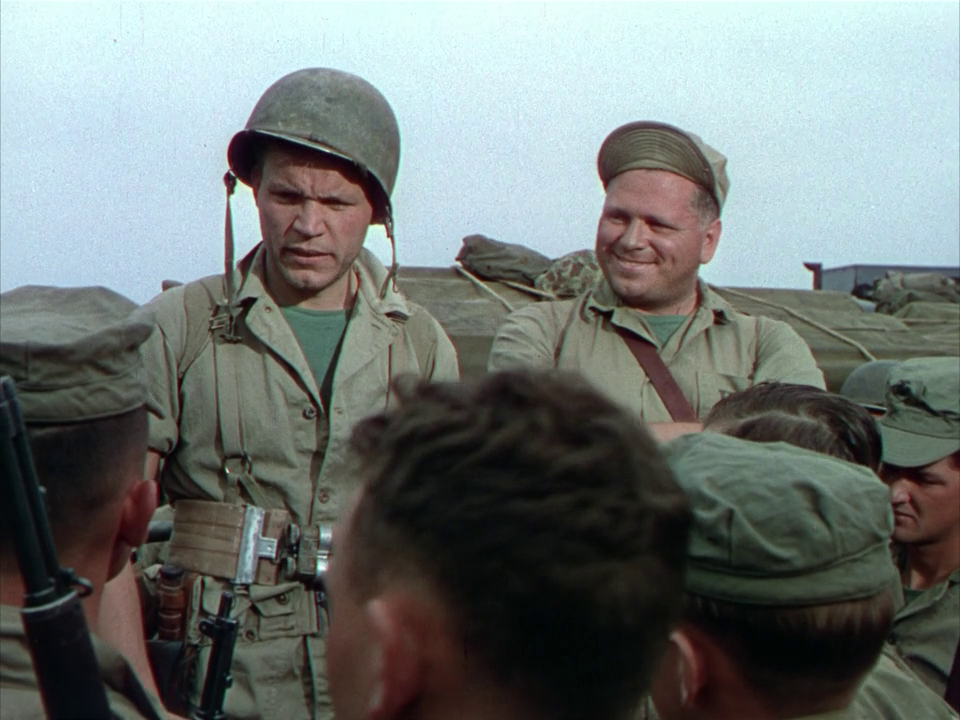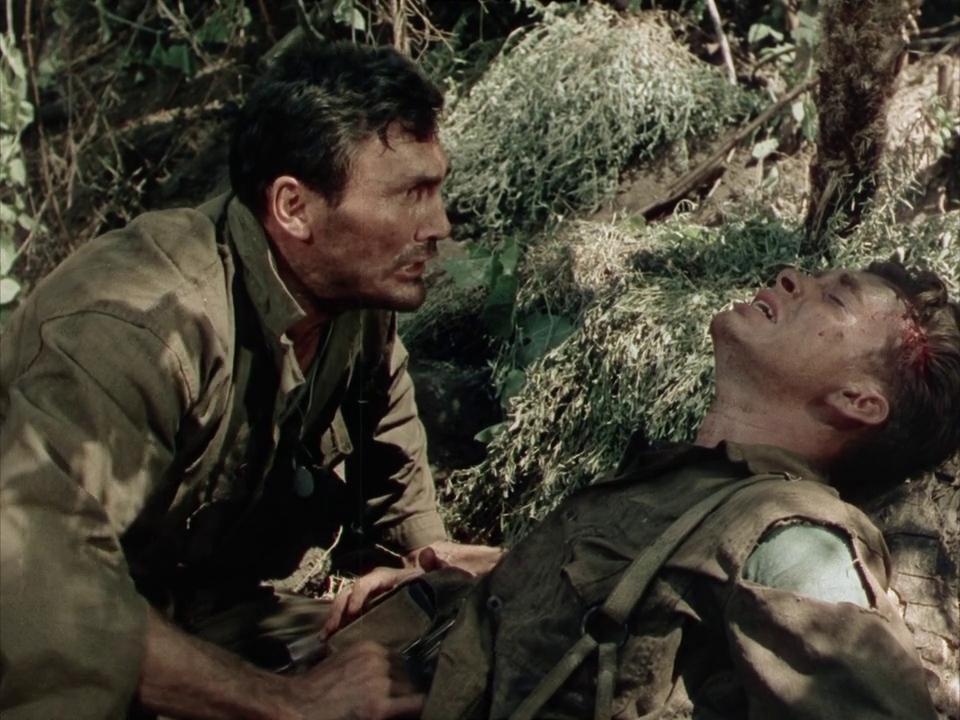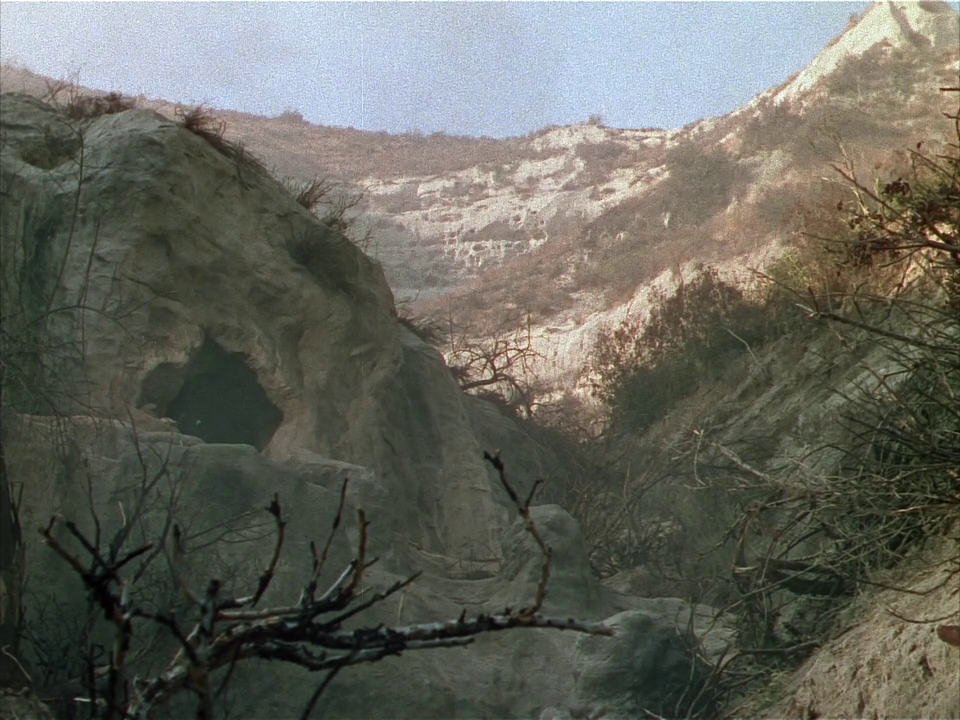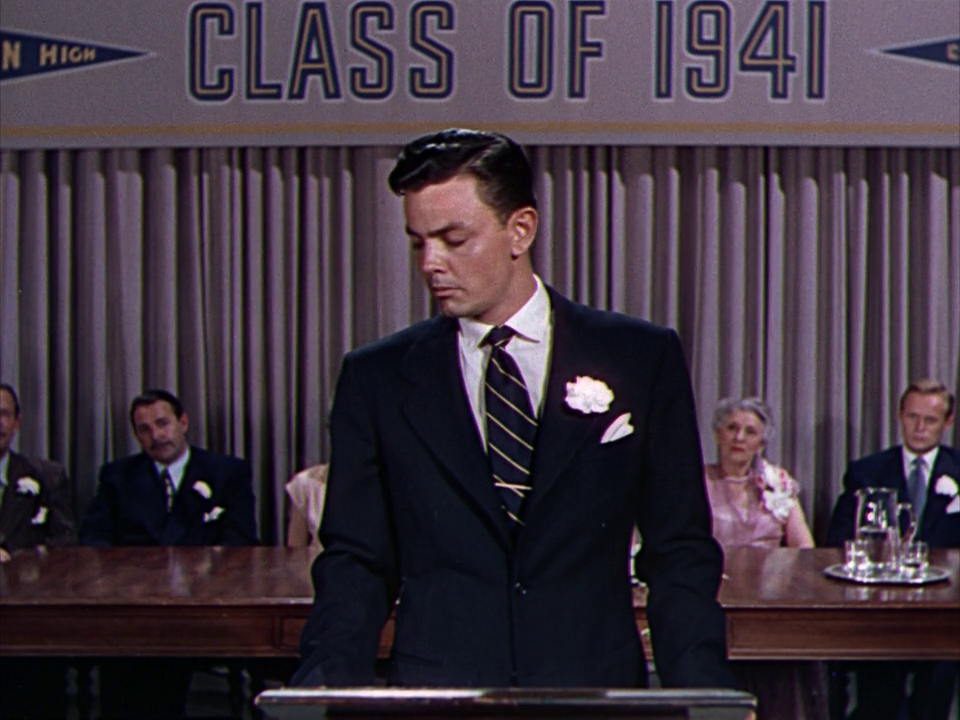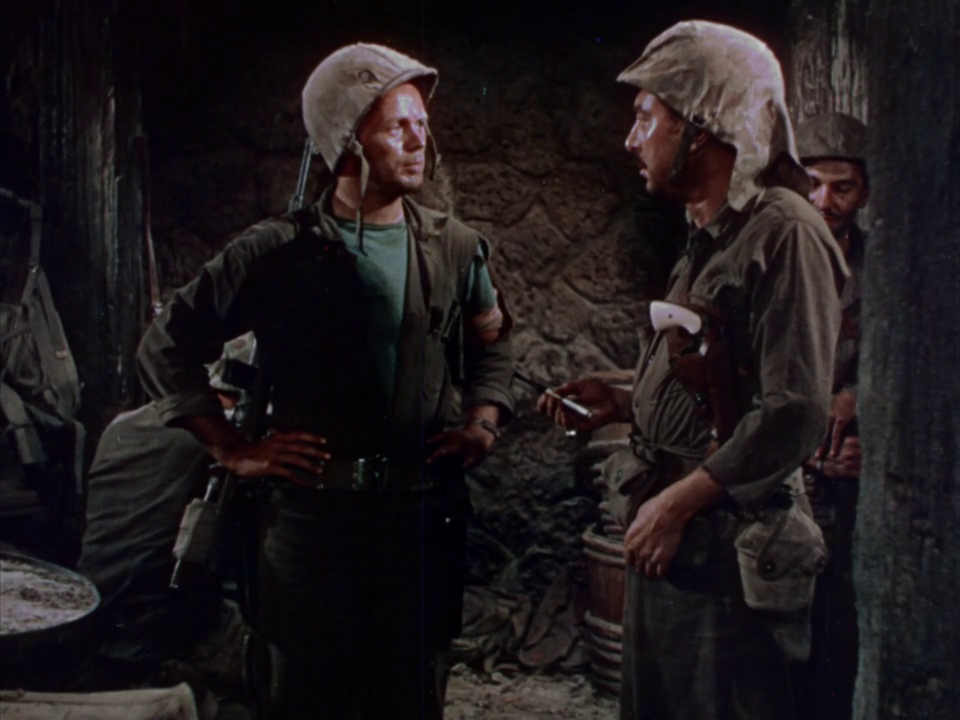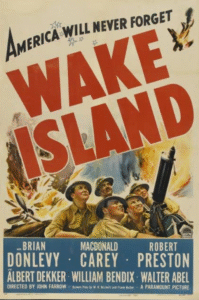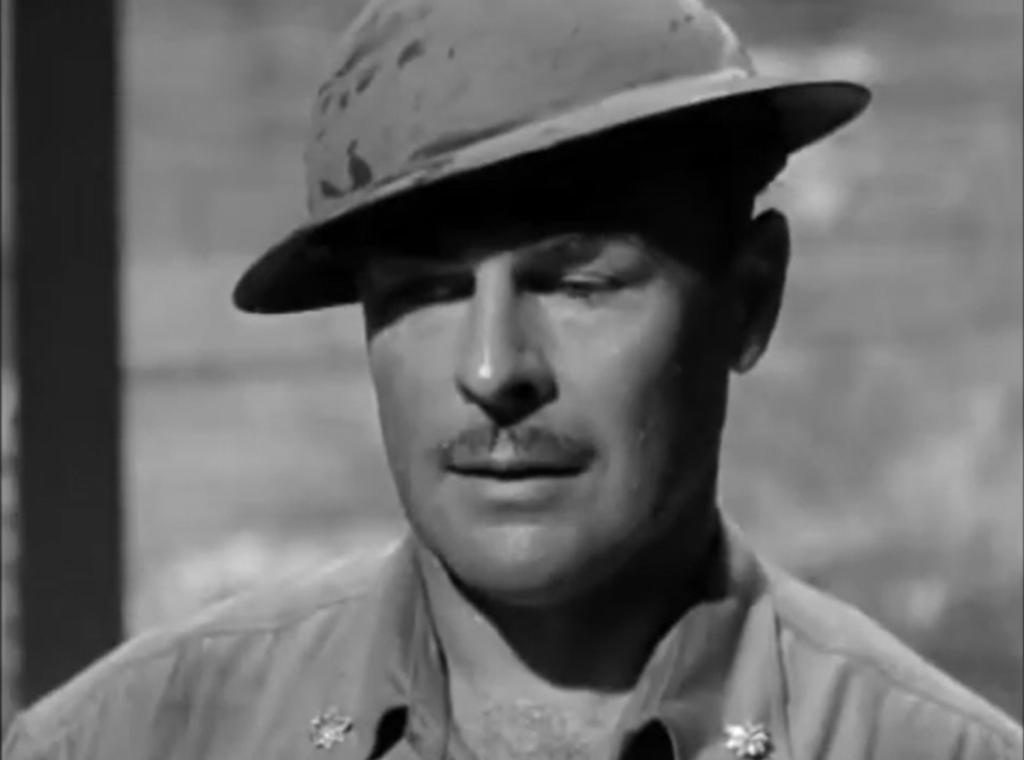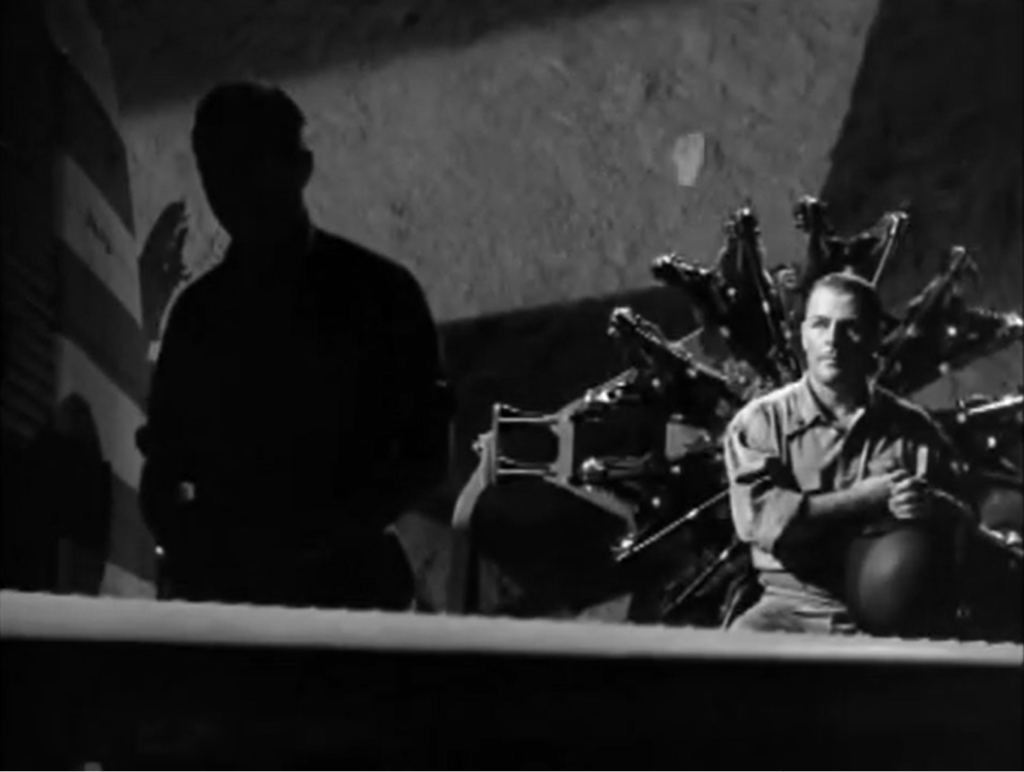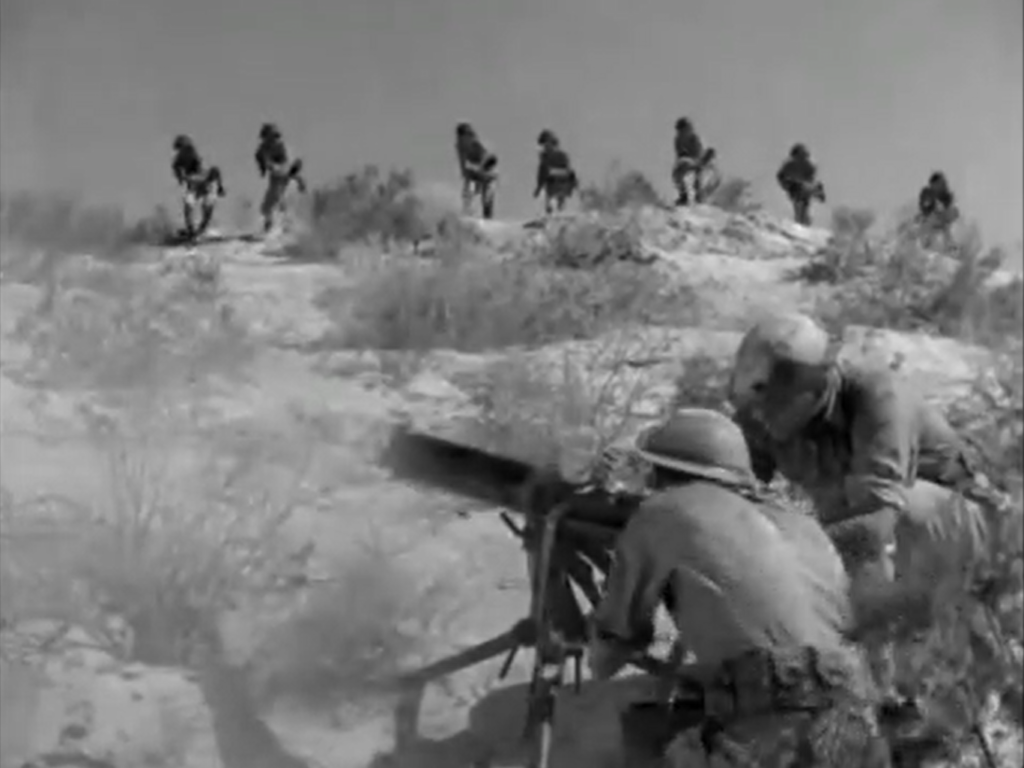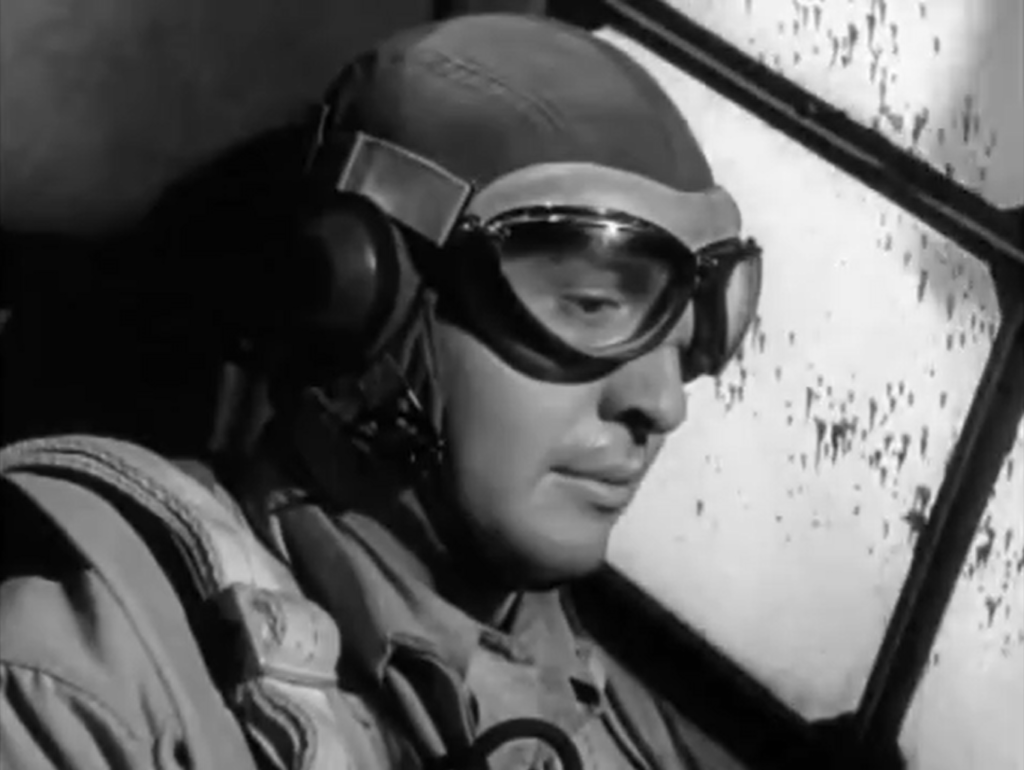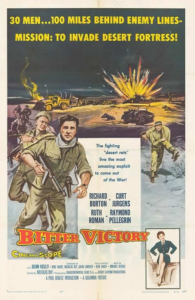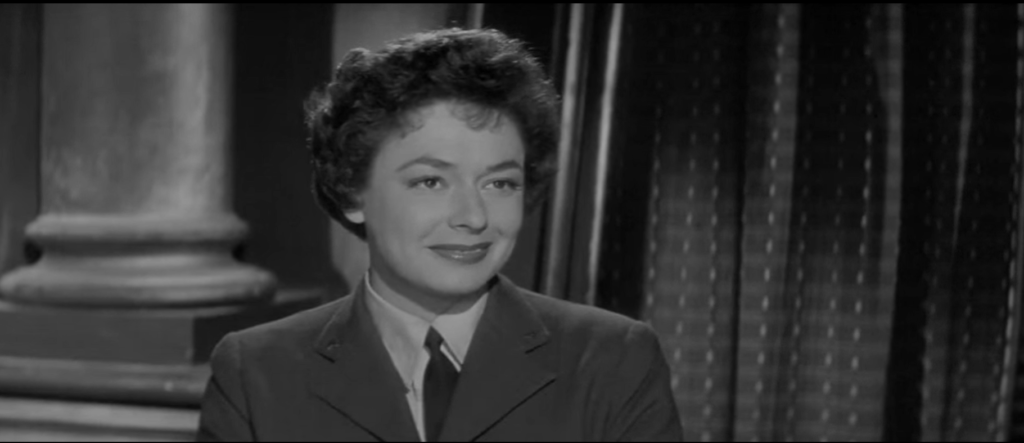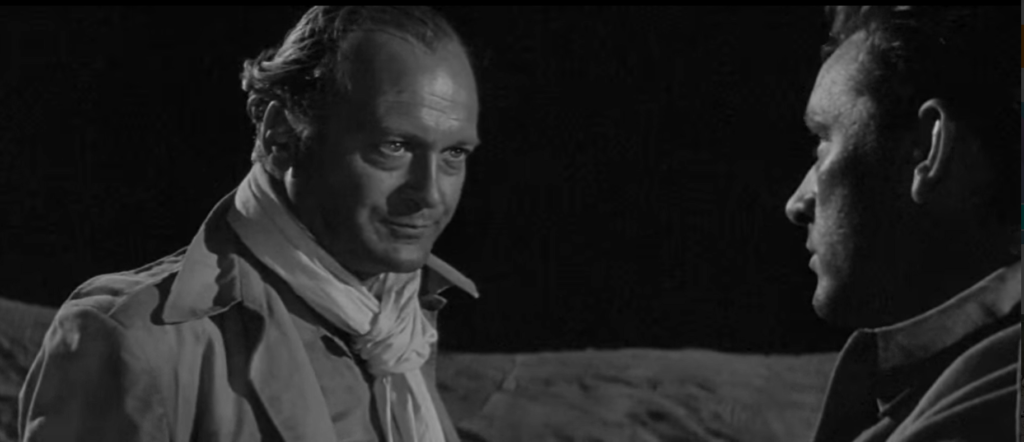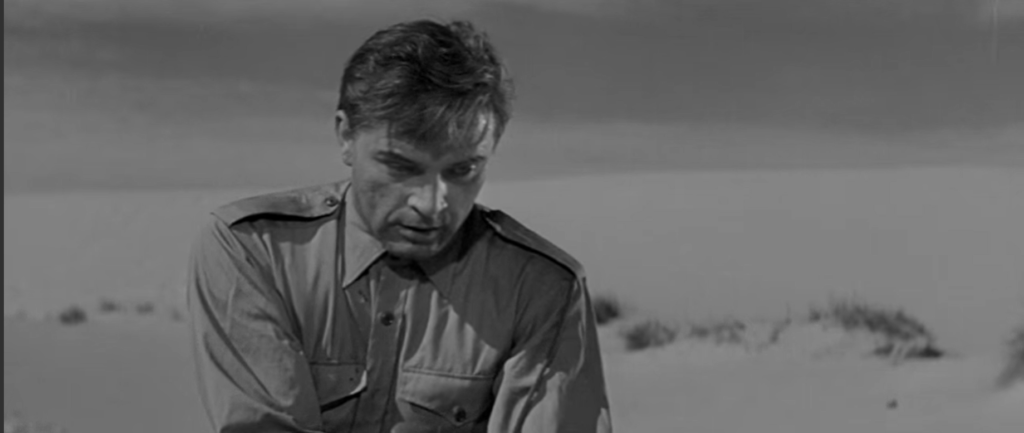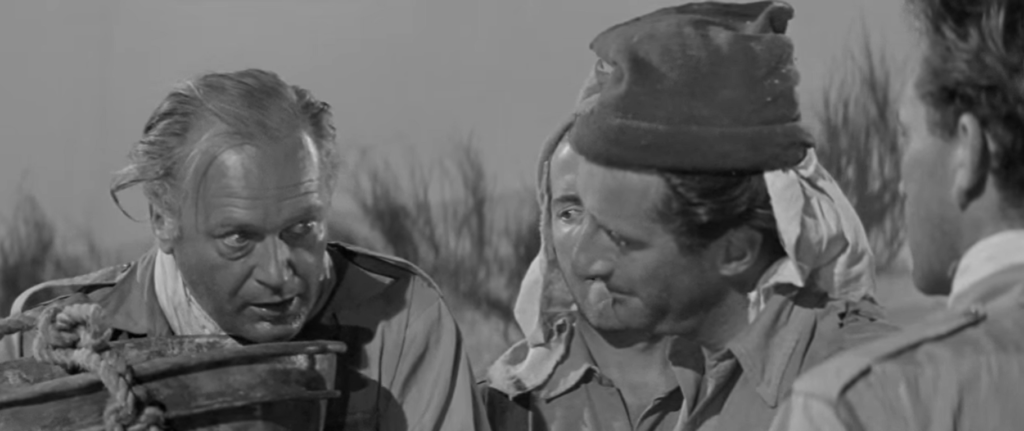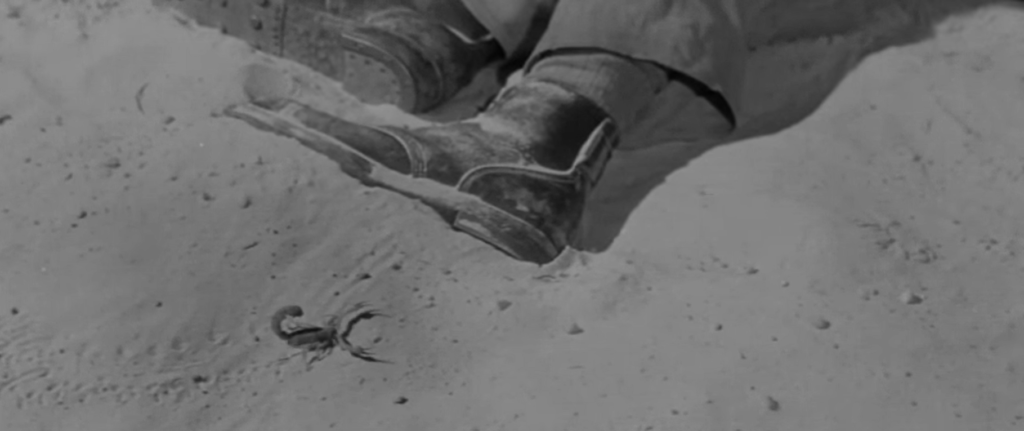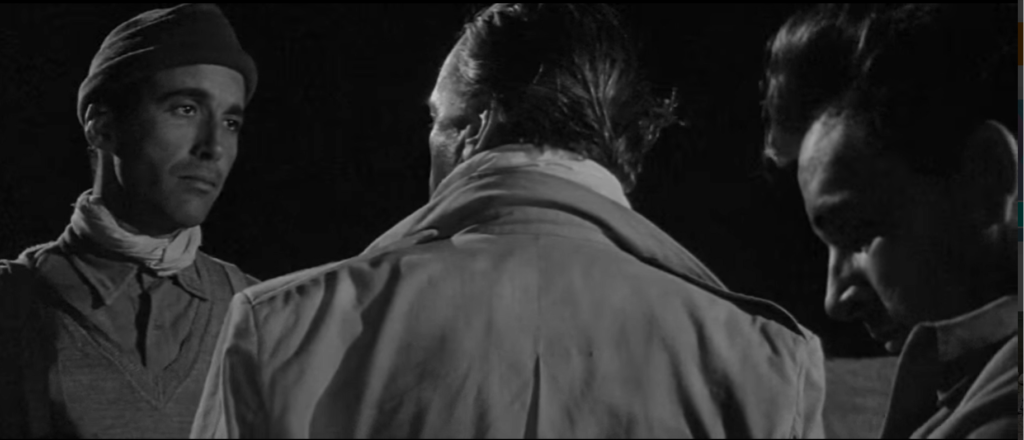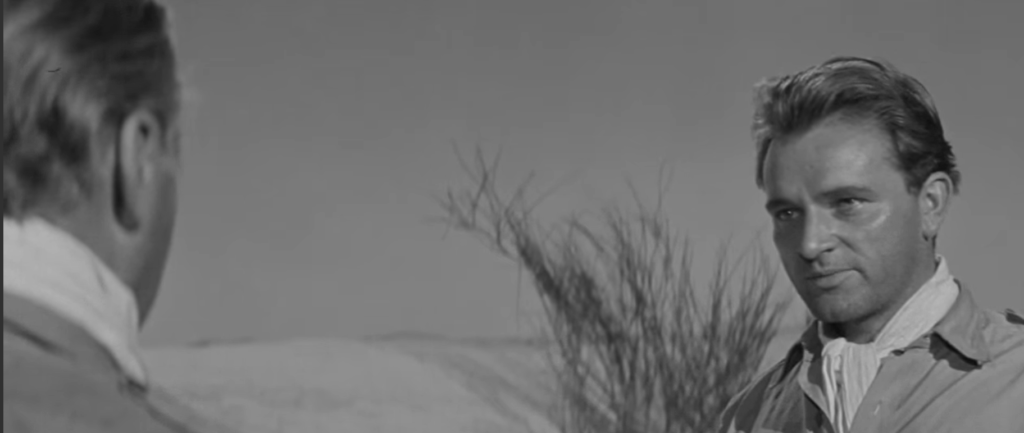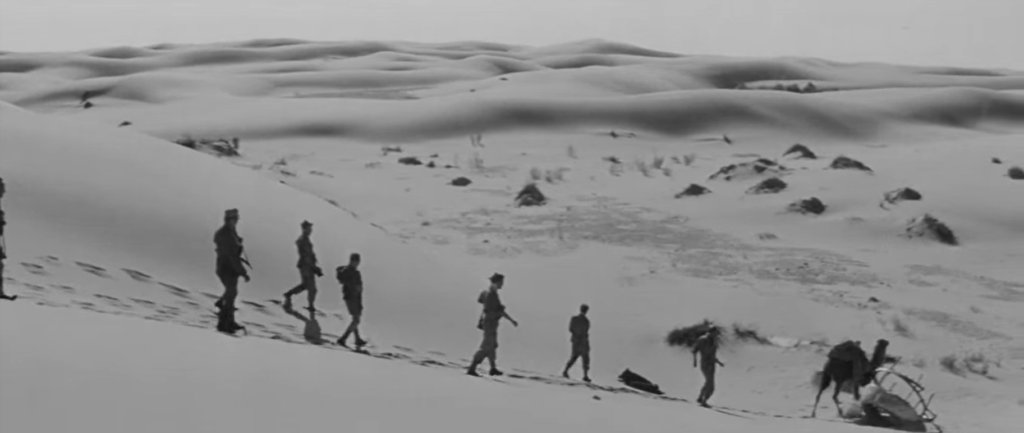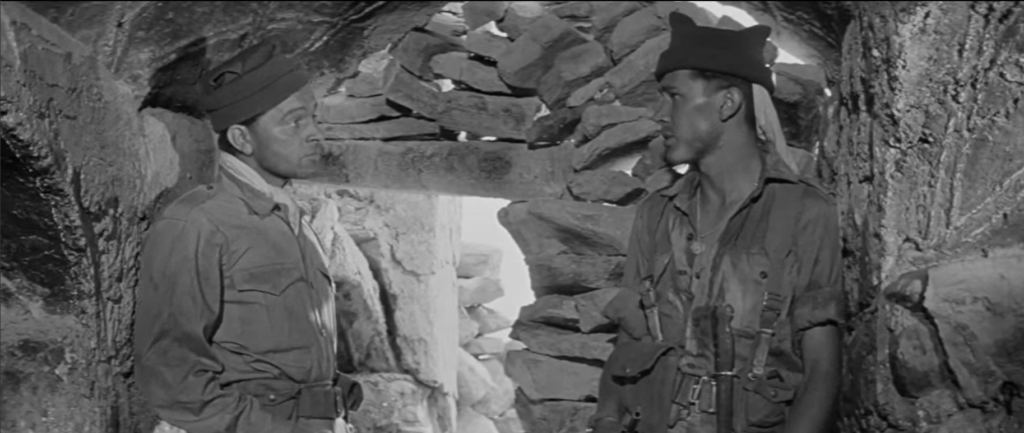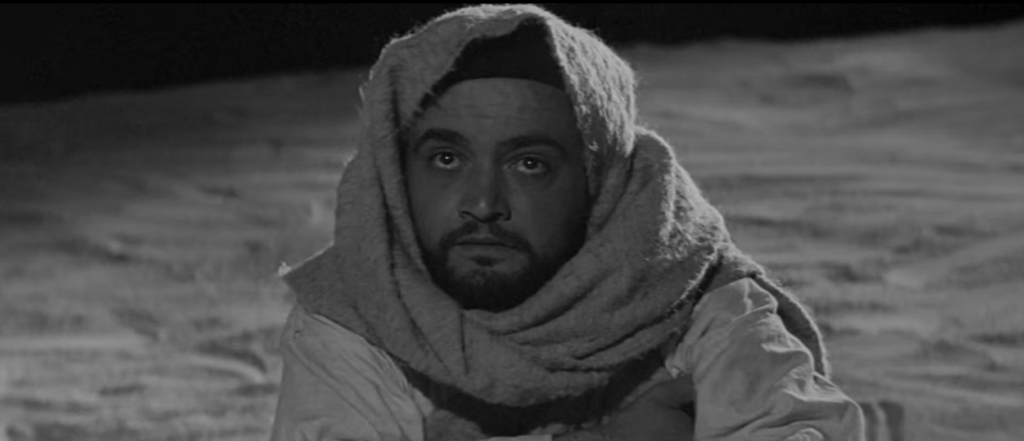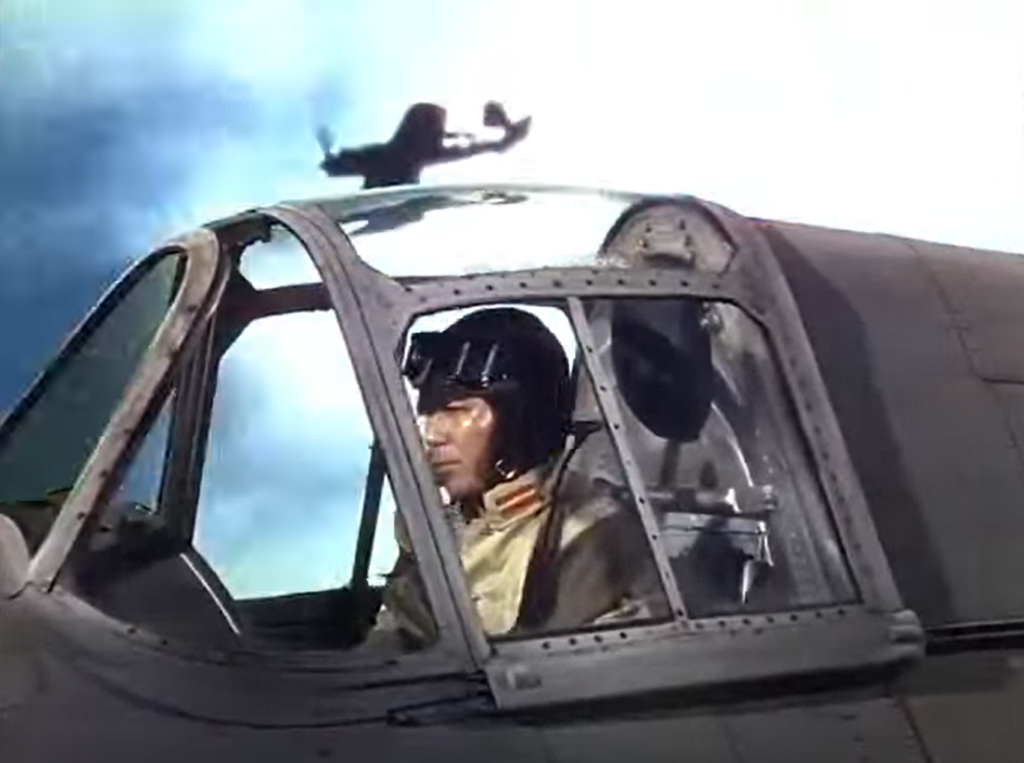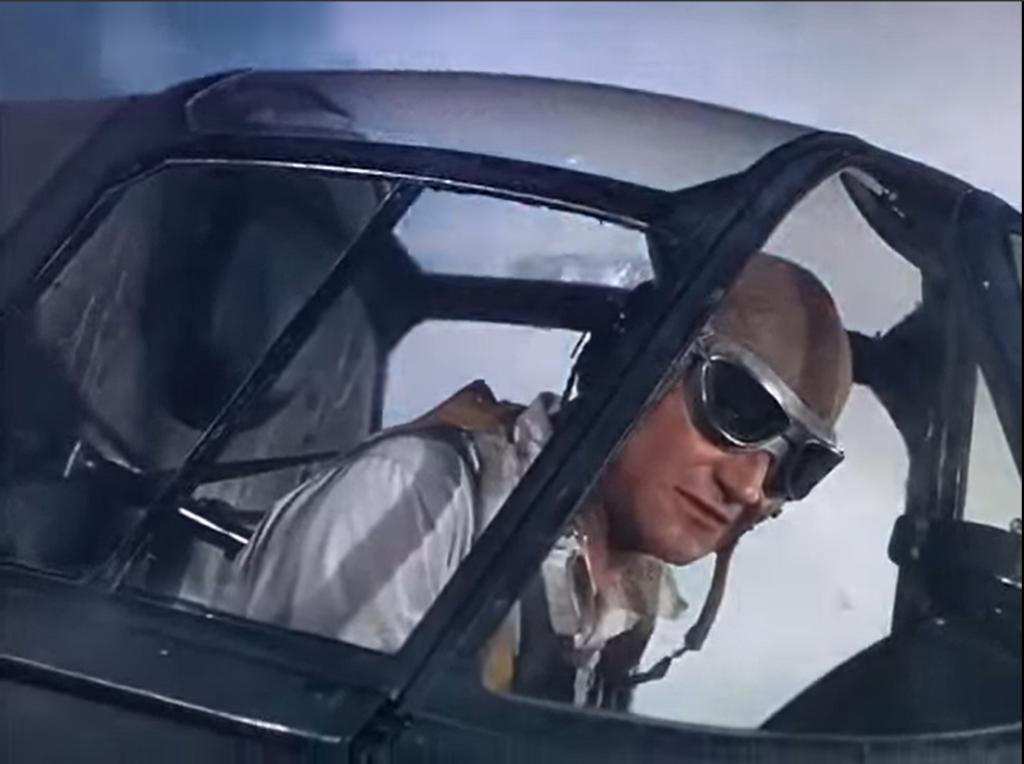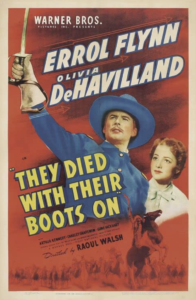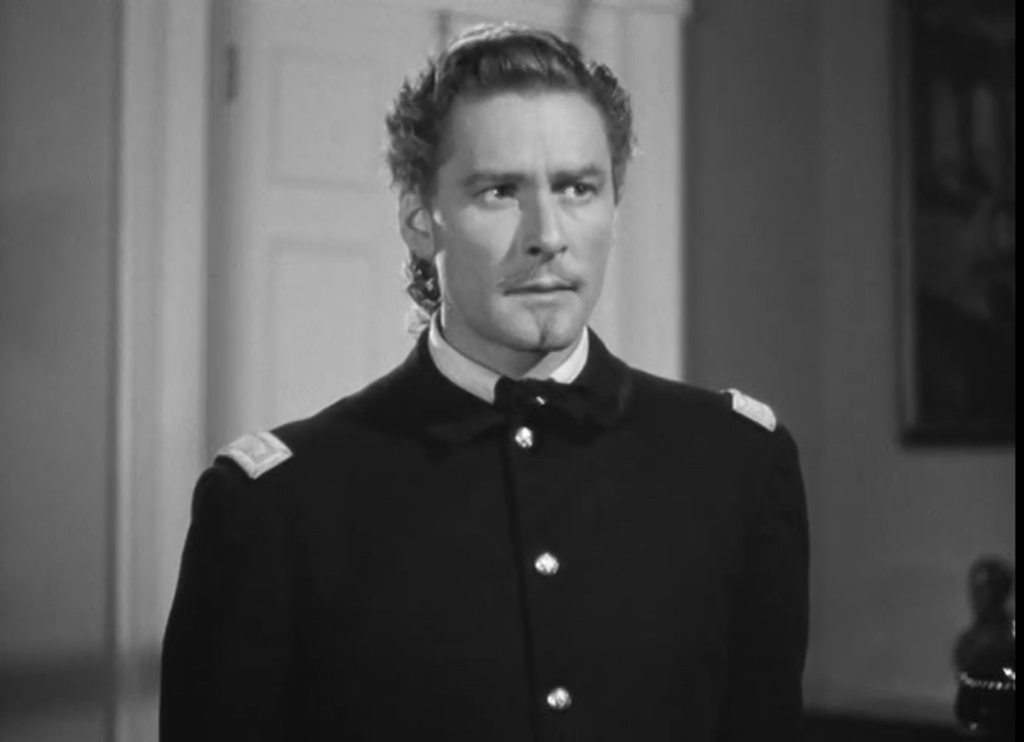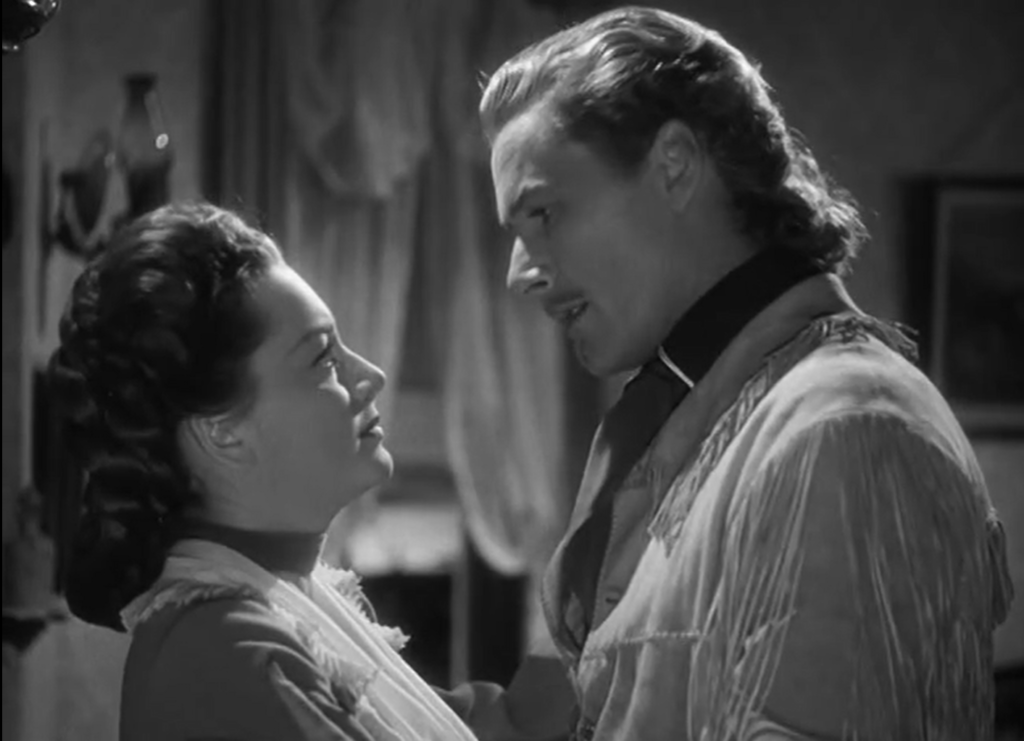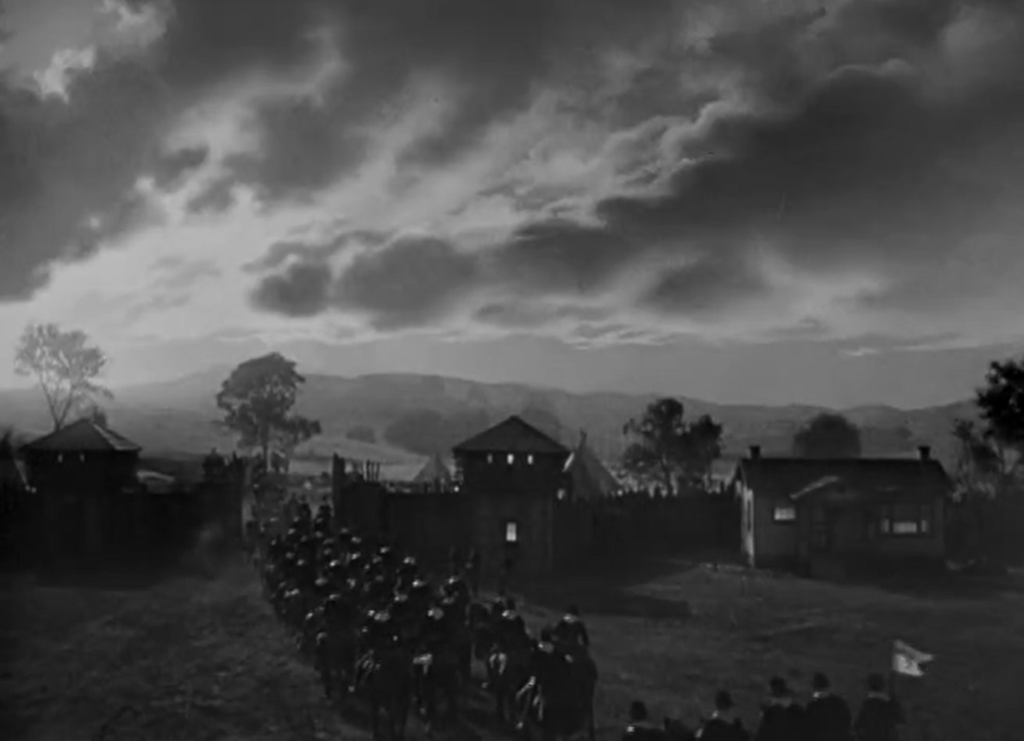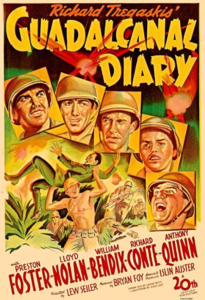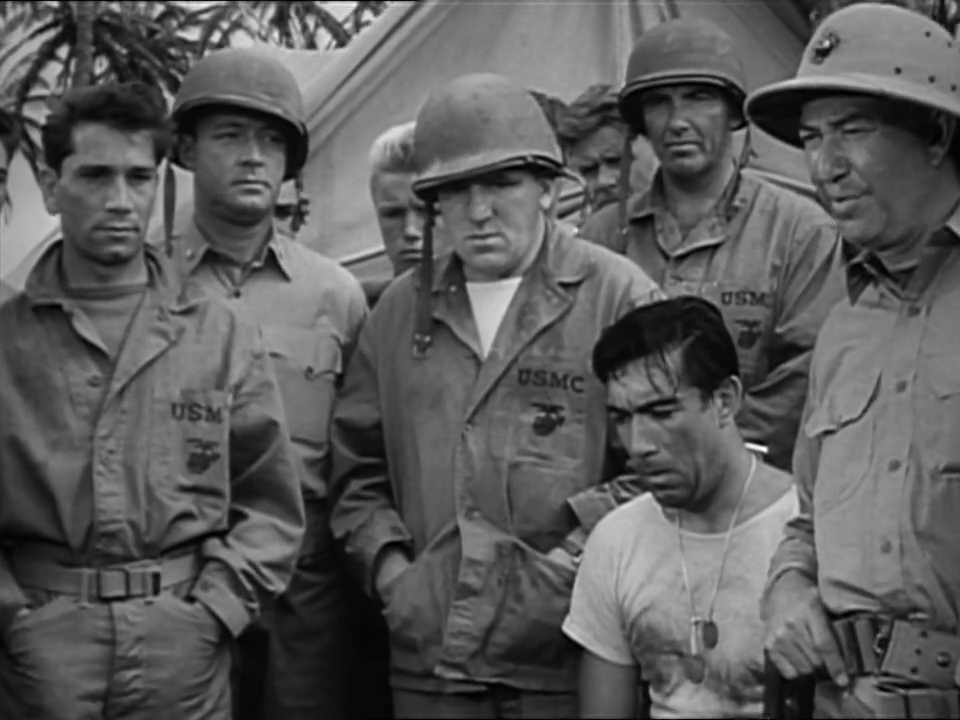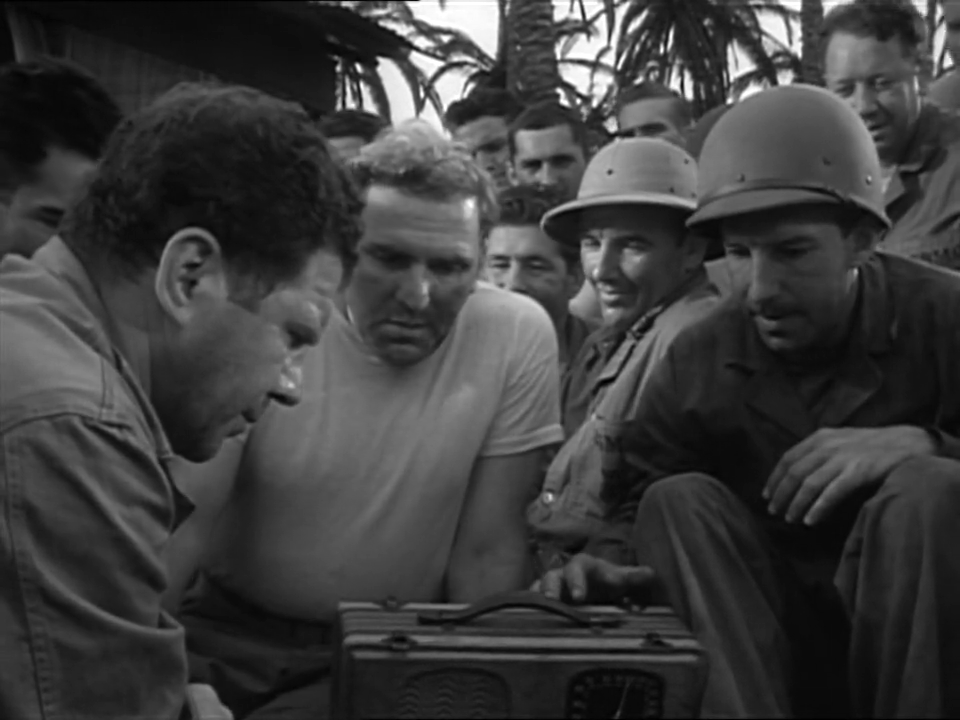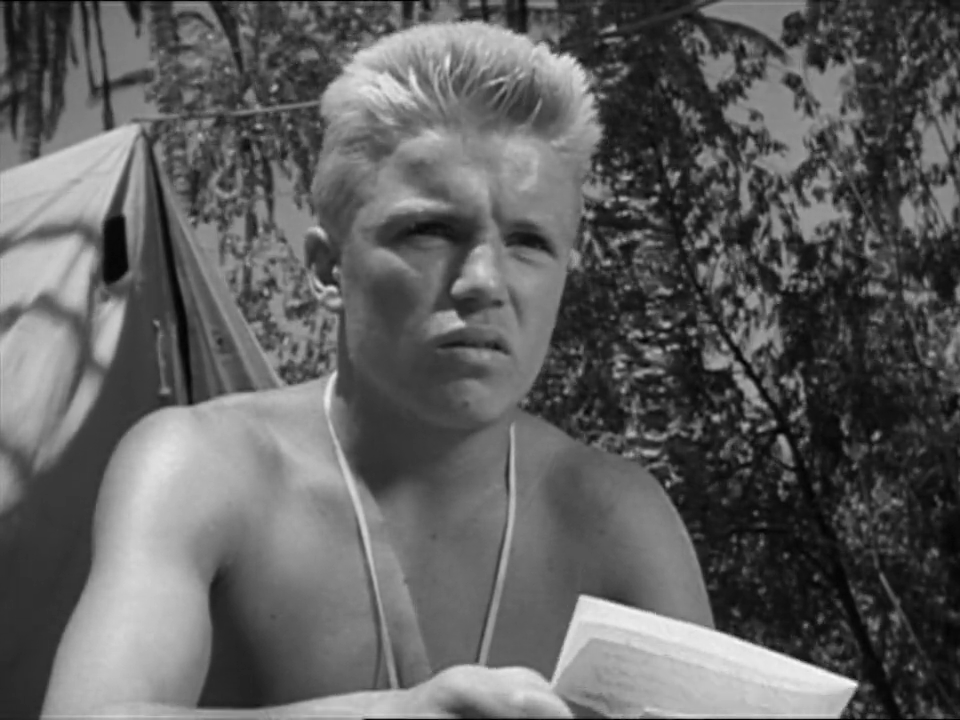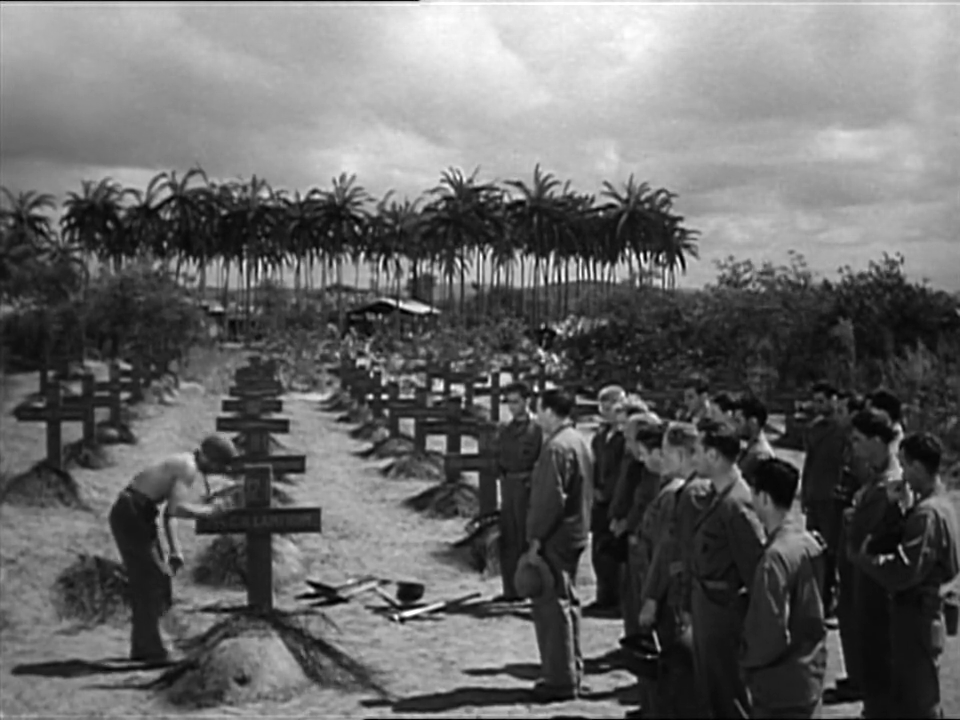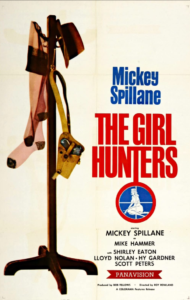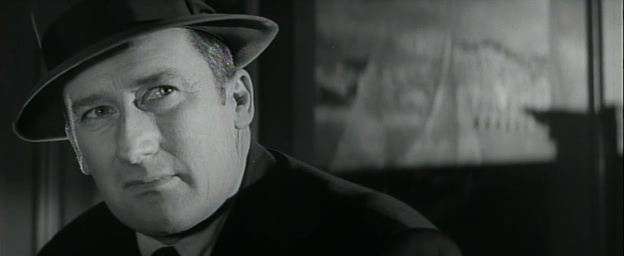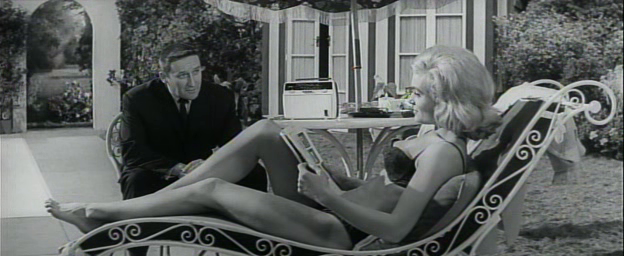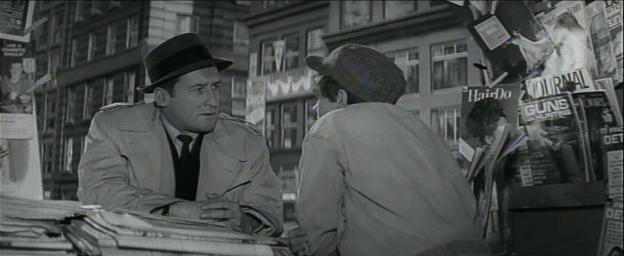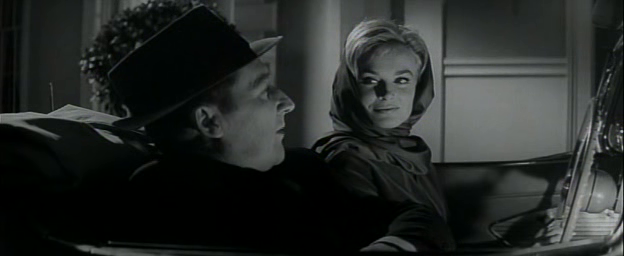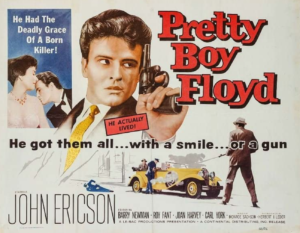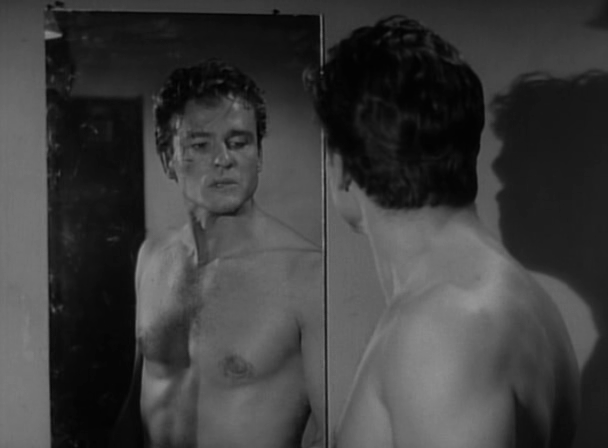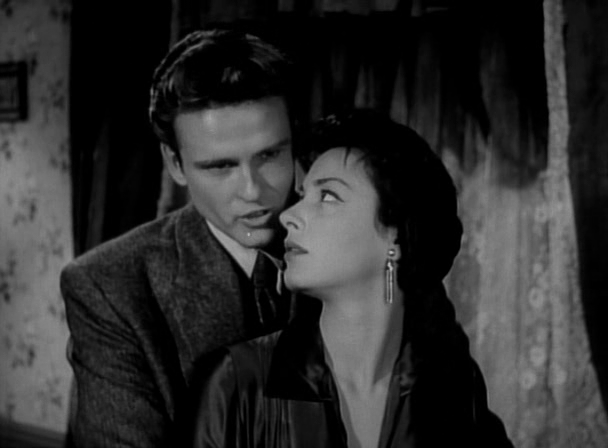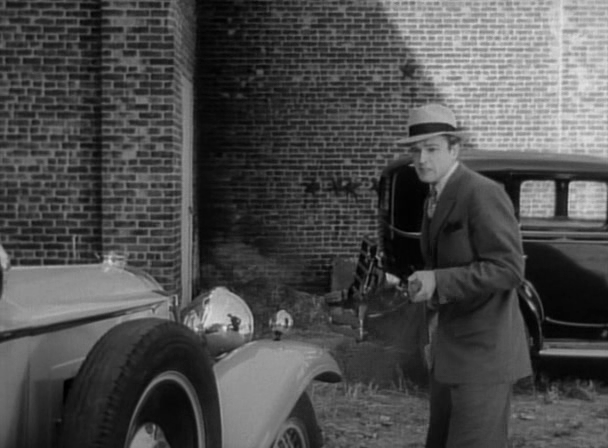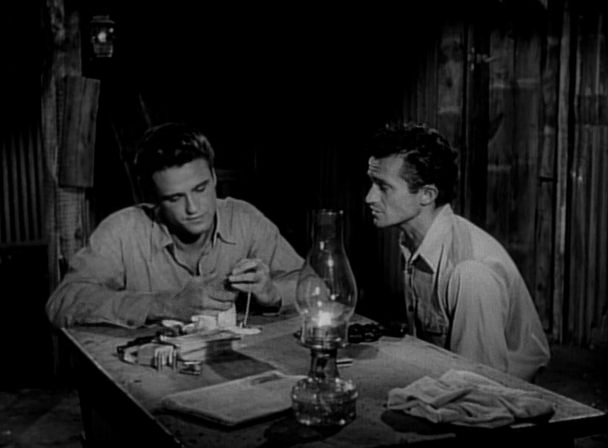|
Genres, Themes, Actors, and Directors:
- At Sea
- Humphrey Bogart Films
- John Huston Films
- Mary Astor Films
- Mistaken or Hidden Identities
- Spies
- Sydney Greenstreet Films
Review:
Following the success of The Maltese Falcon (1941), director John Huston was reteamed with three of that film’s stars (Bogart, Astor, and Greenstreet) for what was originally hoped to be a sequel, but instead turned into this atmospheric albeit less memorable espionage thriller.

Interestingly, it was one of the few films of the time whose narrative was shifted to be less similar to current day events, as the bombing of Pearl Harbor (which occurred during pre-production) hit way too close to home with the source material (a story published in The Saturday Evening Post called “Aloha Means Goodbye”). The original movie title was retained despite the location being shifted far away from the Pacific (!), perhaps because the primary focus is still on individuals (Japanese) from the Pacific arena. To that end, unfortunate racist stereotypes abound, with one character in particular — hipster Nisei Joe Totsuiko, with coke bottle glasses — mouthing line after line of intentionally “I’M REALLY AMERICAN” dialogue.

His first full sentence is, “I’m sure glad there’s someone around that speaks my language,” followed later by jargon-filled comments like these:
“I’m rooming with a dope.”
“He’s got his lip buttoned up for good, as far as I can figure out.”
“Say, I wonder if those Panamanian mamas are all they’re cracked up to be.”
“Take me for instance, kid. I’m a live wire.”
“Anybody wanna play shuffleboard?”
“Boy, let me at them pasteboards.”
It’s impossible not to guess something is up with this awkwardly speaking dude. Meanwhile, Bogart and Astor have plenty of fun banter together:

… and Arthur Edeson’s cinematography is as atmospheric as all get out:
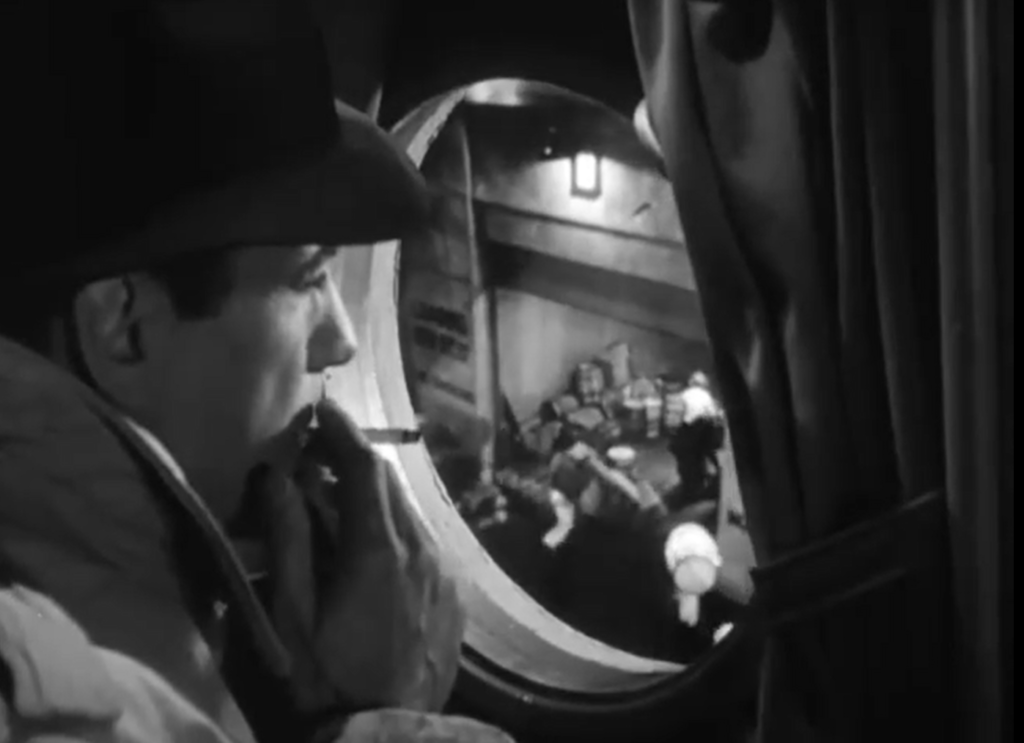
However, the mistaken-identity storyline ultimately isn’t as compelling as one might hope, making this a curiosity rather than a must-see. It will likely always be viewed as the film “between” The Maltese Falcon (1941) and Casablanca (1942), especially given that Bogart’s character in both this and the latter is named Rick.
Notable Performances, Qualities, and Moments:
- Arthur Edeson’s cinematography

- Some clever dialogue: “Patience is a game one plays only out of boredom.”
Must See?
No, though of course John Huston fans will be curious to check it out.
Links:
|
